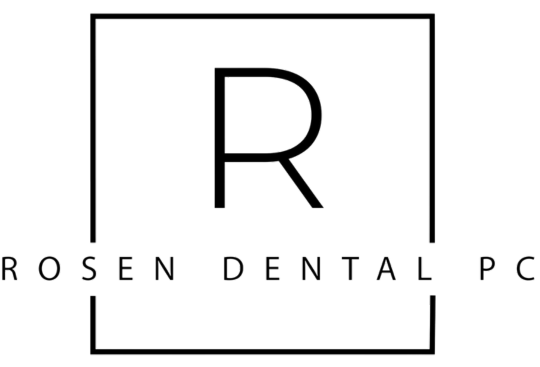Are you experiencing problems with dental bridges and wondering what common issues might arise and how to address them? Dental bridges can sometimes lead to complications such as discomfort, difficulty chewing, or even damage to surrounding teeth, but understanding these issues can help in managing them effectively.
Problems with Dental Bridges: Cost Comparison
When dealing with dental bridge problems, understanding the cost implications is crucial. The expenses associated with fixing or replacing a dental bridge can vary significantly based on the complexity of the issue and the materials used. Generally, addressing these problems can be more cost-effective than opting for alternative dental solutions. However, it’s essential to weigh the initial investment against potential long-term benefits and maintenance costs.
For those experiencing dental bridge problems, it’s helpful to compare the costs of different treatment options. While some solutions might seem more affordable upfront, they could incur higher maintenance expenses over time. For a deeper understanding of maintaining your dental bridge and potentially minimizing future costs, you can refer to our Essential Tips for Caring for Dental Bridges: A Comprehensive Guide. This guide provides valuable insights into prolonging the lifespan of your dental bridge and avoiding common issues.
Durability and longevity
When it comes to dental bridge problems, one of the most common concerns is their durability and longevity. Dental bridges are designed to be a long-term solution for missing teeth, but they can sometimes face issues such as wear and tear, fractures, or loosening over time. These problems can arise due to various factors, including the quality of the materials used, the skill of the dental professional, and the patient’s oral hygiene practices.
Understanding the potential issues with dental bridge durability and longevity is crucial for maintaining oral health. Regular dental check-ups can help identify any early signs of wear or damage, ensuring that any necessary adjustments or repairs are made promptly. For more information on addressing these concerns, you can consult with the Dental Bridge Experts Somers.
Procedure Time
When addressing dental bridge problems, understanding the procedure time is crucial. The duration of fixing issues with a dental bridge can vary depending on the complexity of the problem. Typically, resolving dental bridge problems may require multiple visits to the dentist, with each appointment lasting anywhere from 30 minutes to an hour. The overall time frame can span from a few weeks to several months, depending on the specific adjustments or repairs needed.
Aesthetic Outcomes
One of the common dental bridge problems that patients encounter is related to aesthetic outcomes. Dental bridges are designed to blend seamlessly with your natural teeth, but sometimes they can appear mismatched in color or shape, leading to an unsatisfactory appearance. This can affect your confidence and smile. If you are experiencing issues with the look of your dental bridge, it may be time to consult with a professional. For more information, visit Rosen Dental PC at their Somers Dentist location.
Comfort and Fit
One of the most common problems with dental bridges is discomfort and improper fit. When a dental bridge does not fit correctly, it can cause irritation to the surrounding gums and teeth, leading to persistent pain and difficulty in chewing. An ill-fitting bridge may also result in speech issues and an unnatural bite, which can further exacerbate discomfort. Ensuring that a dental bridge is properly aligned and comfortable is crucial for maintaining oral health and overall well-being.
Maintenance Requirements
Proper maintenance is crucial to avoid common dental bridge problems and ensure the longevity of your dental bridge. Regular brushing and flossing are essential to prevent plaque buildup around the bridge, which can lead to gum disease and decay of the supporting teeth. Using a special floss threader can help clean under the bridge effectively. Additionally, routine dental check-ups are necessary to monitor the condition of the bridge and address any issues promptly. By adhering to these maintenance requirements, you can minimize dental bridge problems and maintain a healthy, functional smile.
Impact on Adjacent Teeth
One of the common dental bridge problems is the impact on adjacent teeth. When a dental bridge is placed, the surrounding teeth, known as abutment teeth, must be prepared and often filed down to support the bridge. This can sometimes lead to increased sensitivity or even damage to these teeth over time. Additionally, if the bridge is not fitted properly, it can cause undue stress on the adjacent teeth, leading to issues such as tooth decay or gum disease. Regular dental check-ups and proper oral hygiene are essential to monitor and mitigate these potential problems, ensuring the longevity and health of both the dental bridge and the adjacent teeth.
Bone Health Considerations
One of the often overlooked dental bridge problems is the impact on bone health. When a tooth is missing, the jawbone in that area can begin to deteriorate due to lack of stimulation. This bone loss can compromise the stability of a dental bridge over time. To mitigate this issue, it’s crucial to maintain good oral hygiene and consider supplemental treatments like bone grafting or dental implants, which can help preserve bone density. Regular dental check-ups are essential to monitor bone health and ensure the longevity of your dental bridge.
Suitability for Different Patients
When considering dental bridges, it’s essential to understand that not every patient is an ideal candidate. Dental bridge problems can arise if the surrounding teeth are not strong enough to support the bridge or if there is significant bone loss in the jaw. Patients with healthy adjacent teeth and good oral hygiene practices are typically better suited for dental bridges. However, those with extensive dental issues or periodontal disease may need to explore alternative treatments like dental implants. Consulting with a dental professional can help determine the best course of action based on individual needs and conditions.
Conclusion
Addressing dental bridge problems promptly can ensure your oral health remains in top condition. For more information, call 914-277-8400 or read our reviews on Google Maps.

